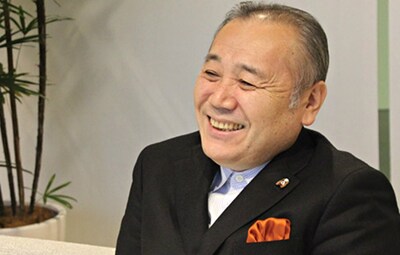
How Japanese Textiles Enable Global Fashions
Nobuyuki Ota, the CEO of the Cool Japan Fund and an expert on fashions both domestic and overseas, expounds on the history and appeal of Japanese textiles.


Highlighting Japan
Highlighting Japan is an online magazine published once a month by the Cabinet Office of the Government of Japan, aiming to help readers better understand Japan today.

Nobuyuki Ota, the CEO of the Cool Japan Fund and an expert on fashions both domestic and overseas, expounds on the history and appeal of Japanese textiles.
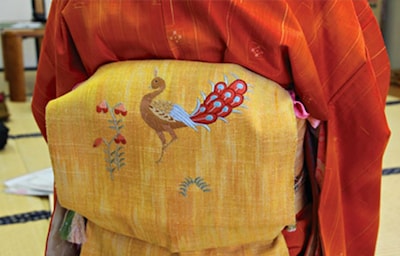
This shop in Kyoto carries on a tradition of silk embroidery that dates back to the Asuka Period (592-710).

Founded in Nara in 1716, Nakagawa Masashichi Shoten is finding new ways to bring its traditional textiles to a modern market, both domestically and overseas.
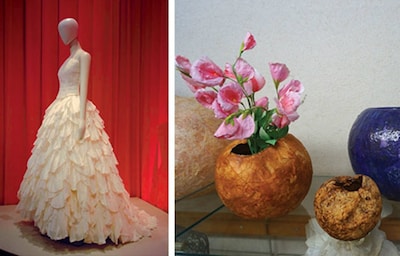
Would you wear a wedding dress made of paper?
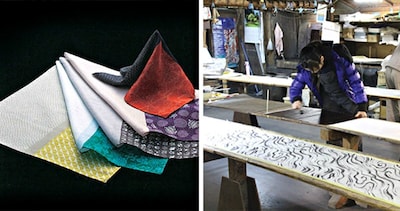
Along with Kyoto and Kanazawa, Tokyo is one of Japan’s three major traditional kimono-dyeing regions. Find out how the technique Tokyo Some Komon been passed down from the Edo Period to the present day.
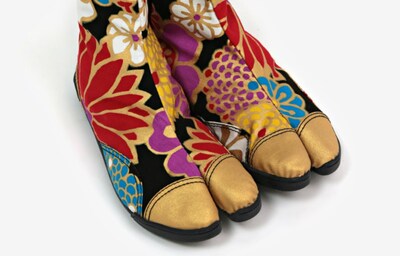
SOU SOU's patterns and styling remain sufficiently Japanese to intrigue visitors from abroad, yet they are contemporary enough to appeal to Japanese shoppers.
What gives silk its sheen, and just how did a Japanese company replicate it synthetically?

Since 2014, Tokyo Metro—the firm that operates the subway lines that run through downtown Tokyo—has been using regenerated power from subway cars to power the equipment in train stations.

This website uses cookies
Find out more